Circular economy is a current theory that tries to bring together economic practices to achieve sustainability. This approach seeks to increase the productivity of resources within an ecosystem, creating more opportunities to create value for the consumer while minimizing the impact on the environment. Circular economy is a counterpoint to the current linear economy, with regard to extraction of materials, transformation into products, consumption, and disposal. The circular economy is part of a process in which companies try to achieve greater efficiency and effectiveness in the resources they use, materials extracted from nature, water, and energy.
My Ph.D. research aims to understand how companies implement circular actions and the effects of adopting these practices in society.
1. What do we know about rebound effect in a circular economy?
The first year of this research was devoted to understanding how other researchers understood the circular economy and its effects. For this, with the help of MAXQDA, I conducted a systematic literature review, creating a framework to evaluate case studies that would be executed later.
After searching for “Circular economy” and “Rebound effect” in Scopus and Web of Science databases, the documents were imported to MAXQDA with bibliographical data.
In the first coding process, I read all the papers and searched for the concepts that the author used (Figure 1), using just one code for all segments that I found.
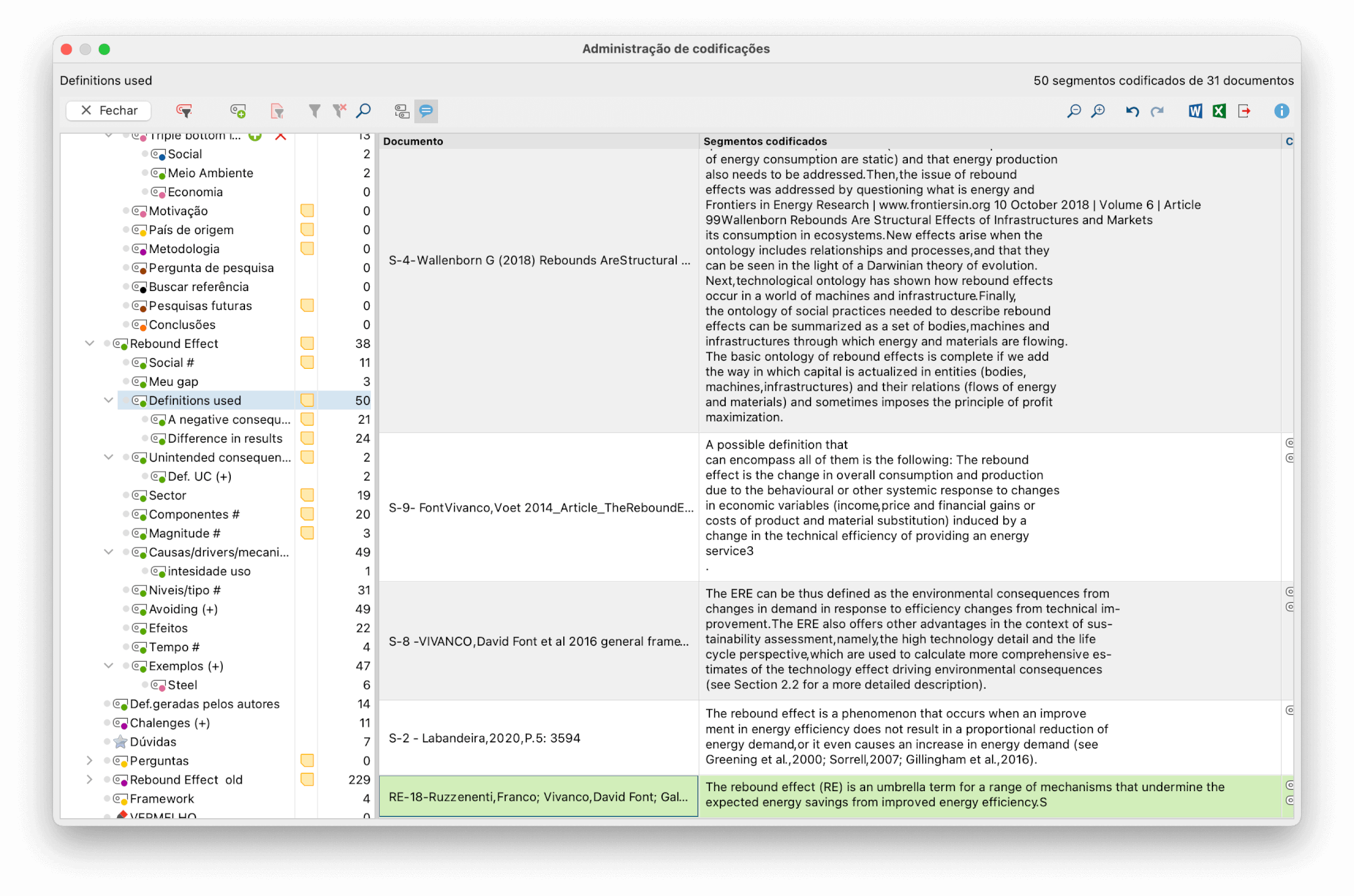 Figure 1 – First coding of perspectives – definitions
Figure 1 – First coding of perspectives – definitions
In the codes panel, I generated a word cloud to visualize the content of segments in the code of the definitions (Figure 2). The cloud helped to initiate a second coding to analyze the definitions’ segments, autocoding the most circular economy-relevant words found in the cloud. An additional lexical search was performed to find segments that matched the created codes.
Analyzing the coded segments, they were grouped with the codes also created from the word cloud. Using creative coding, the codes were organized into two groups: improvements and behavioral responses. Then, two new codes emerged, which allowed highlighting the difference between perspectives that the authors adopted in their articles.
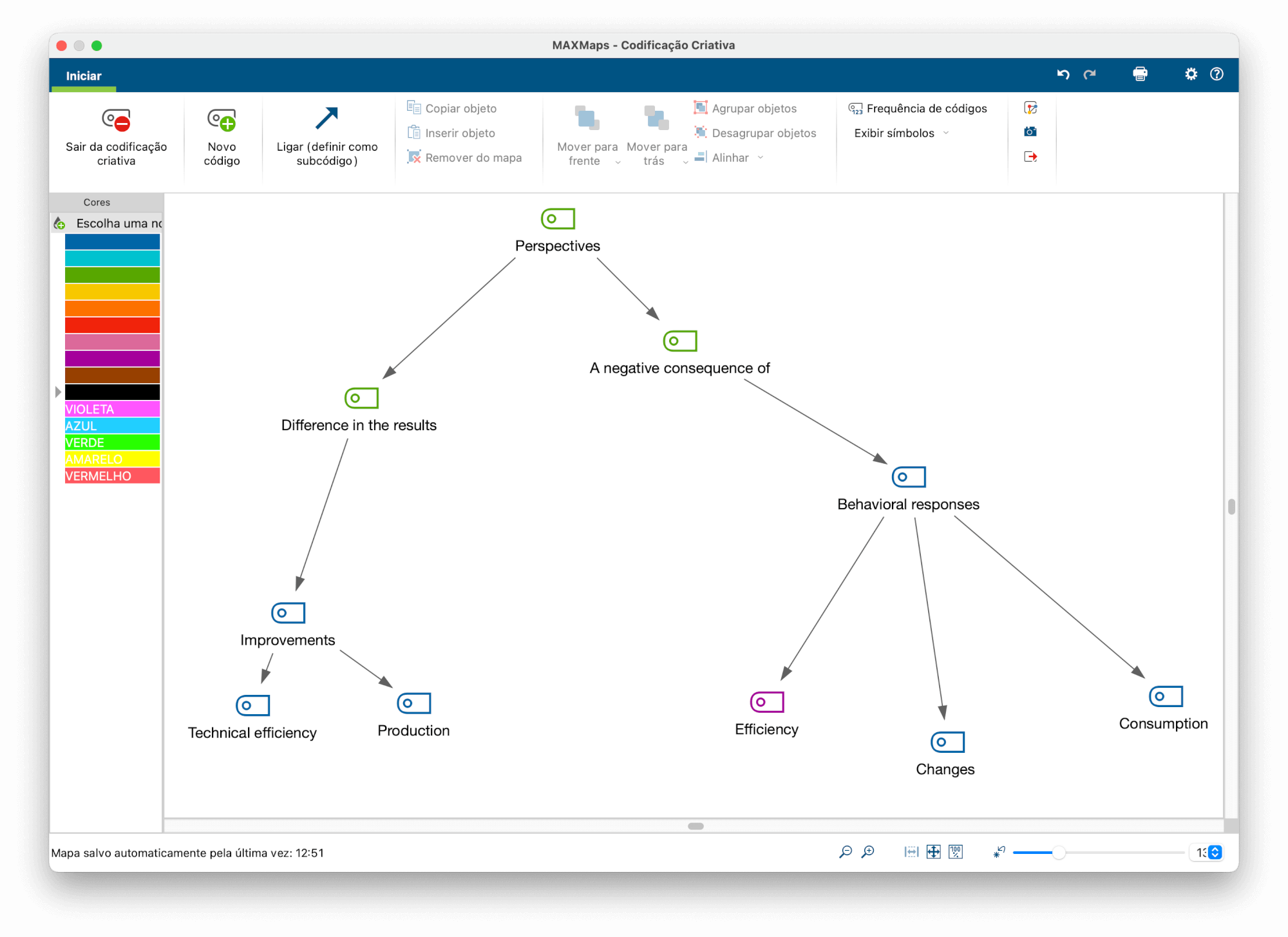 Figure 3 – Creative coding: perspectives on rebound effect
Figure 3 – Creative coding: perspectives on rebound effect
I found two general perspectives: 1- The rebound effect is a negative consequence of an improvement action; 2 – The rebound effect is the difference in the results of improvement or technological change.
2. The consequences of circular actions
While reading the articles thoroughly, segments related to circular strategies were coded, such as reuse, recycling, and remanufacturing. The actors, motivations, and barriers were coded, as well as data from the background of the articles. I also identified the consequences that the authors evaluated or indicated the existence thereof during their research. These effects were coded with the open coding function and then grouped into social or environmental categories.
In a later moment in our research, we wondered if the difference between the perspectives adopted would result in differences in consequences in the cases presented by different authors. At first, we imagined that authors who followed the perspective that the rebound effect was a negative consequence of an action would show more social consequences for circular economy practices. We also assumed that the authors who adopted the perspective of “the rebound effect is the difference in the results of improvement or technological change” would privilege environmental rebound effects in their results.
However, analyzing the connection between the codes, we noticed a balance between the adopted perspectives and the types of consequences that the authors present, as could be seen in Figure 4.
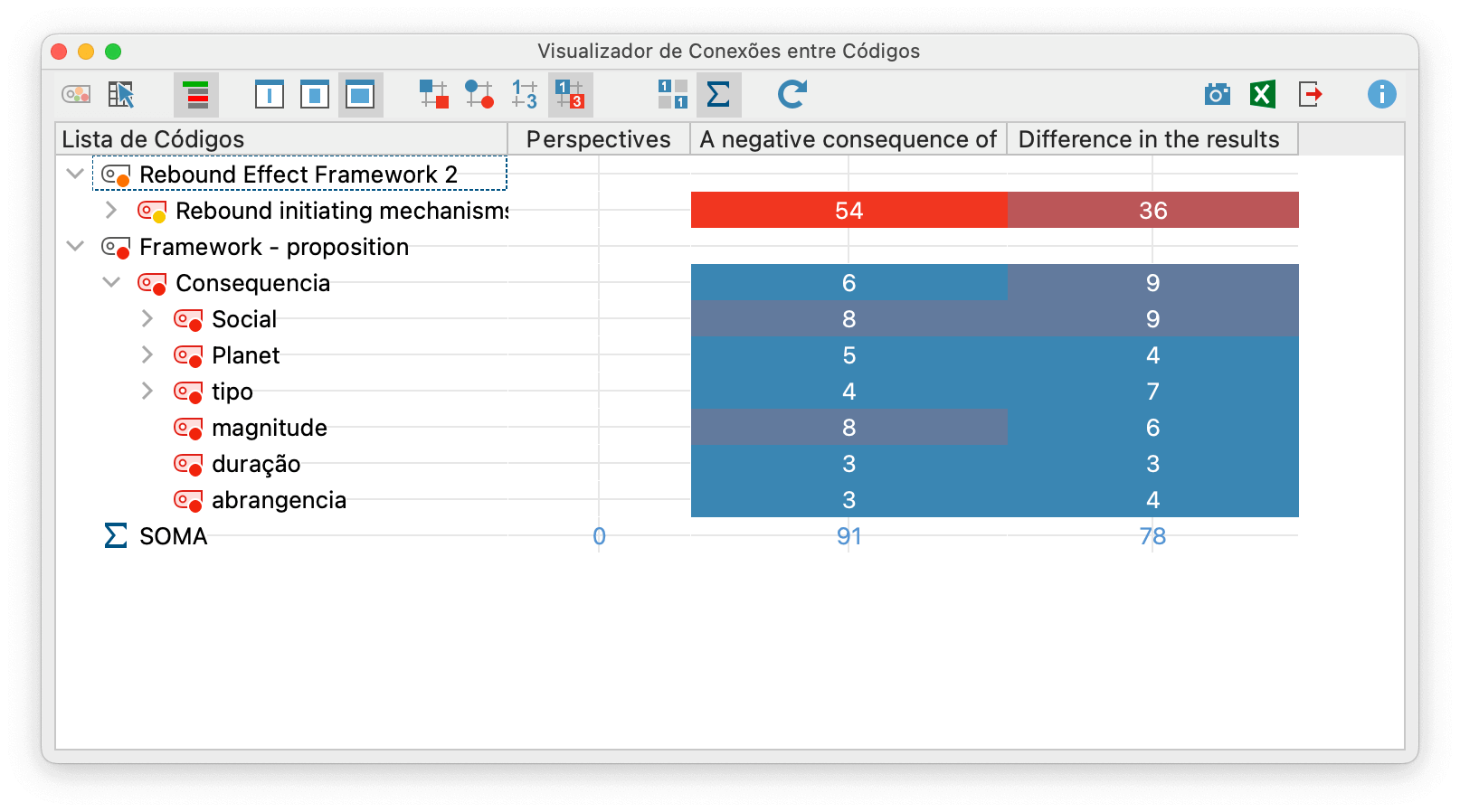 Figure 4 – Code connections: the perspective x consequences
Figure 4 – Code connections: the perspective x consequences
In this analysis, I searched for the circular economy practices used and the related aspects of the business models that could initiate a rebound effect in the ecosystem. The segments were coded in vivo and then grouped in the codes shown in Figure 5. The MAXQDA software helped organize the codes and made it easy to transform motivations, barriers, and strategies applied into categories of the mechanisms.
After organizing the codes, I also analyzed if there was a difference in what I found in circular economy strategies and the perspectives that the authors adopted, also shown in Figure 5.
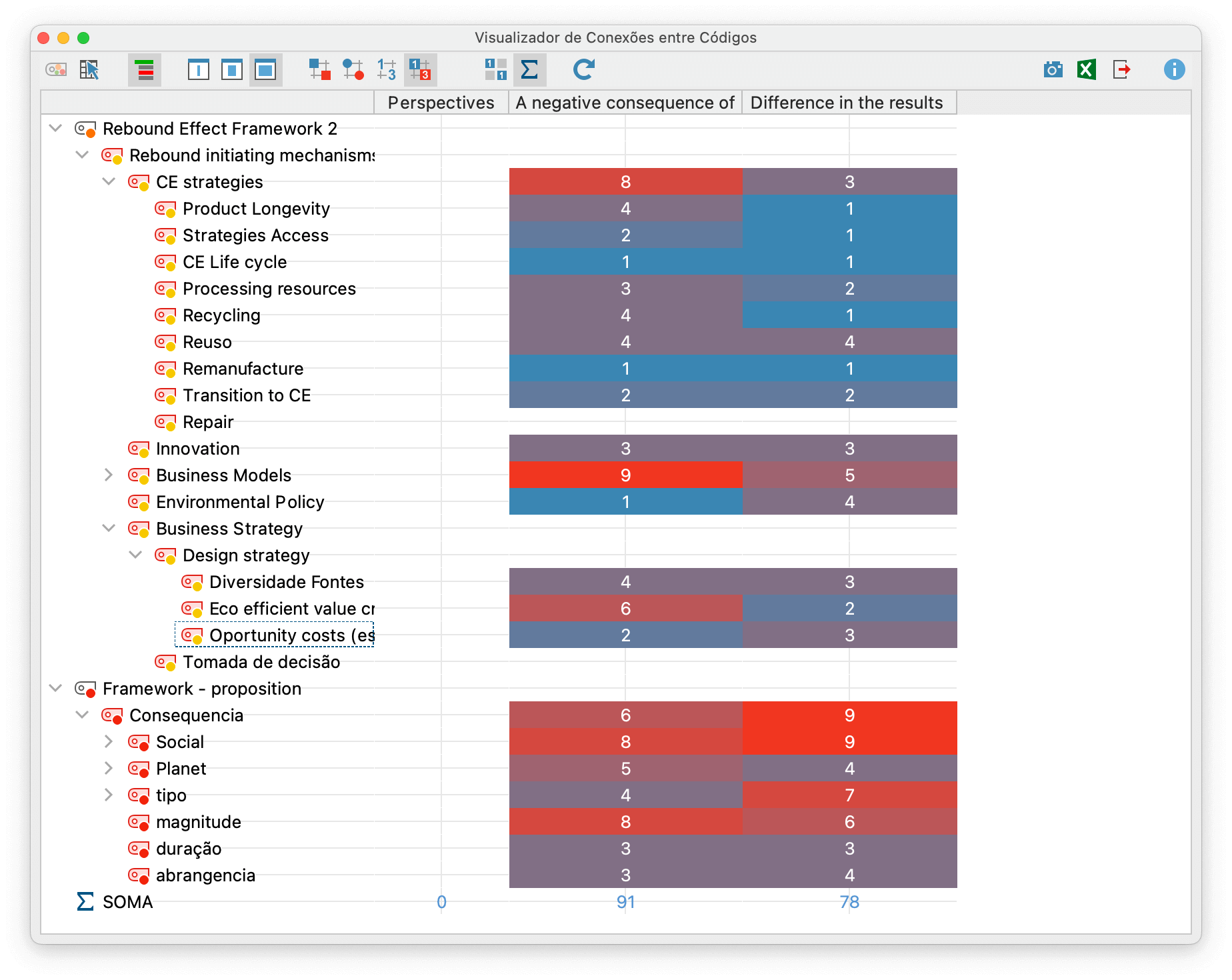 Figure 5 – Code connections – Perspectives and rebound effect initiating mechanisms
Figure 5 – Code connections – Perspectives and rebound effect initiating mechanisms
We notice in the code connections that the author that follows the second perspective is focused on a few strategies. In contrast, the one who adopted the first perspective showed a large variety of circular strategies. Another difference concerns environmental policy and business models. Each of these categories were predominant in one perspective or another, showing a predisposition for the research line according to what the author adopts as his rebound effect construct.
3. Next research steps
The complete systematic literature review was submitted to a journal in the environmental field, and is currently under review.
Most importantly, a guide was created for conducting the case study interviews from the codes that emerged during the three coding phases. This coding map allowed us to delimit the case studies we are working on. The coding system also served to analyze the secondary documents of the companies that are the object of study.
We have three in-depth case studies going on, and I’m thrilled to show in the next field diary a piece of how the MAXQDA is helping to analyze the interviews with transcriptions and coding of the three cases.
About the Author
Camila G. Castro received the #ResearchForChange Grant from MAXQDA and is a Ph.D. Candidate in Production Engineering from the University of São Paulo, Brazil. Her research project entitled “Rebound effect: a socio-economic-environmental analysis of the circular economy” is currently in development.

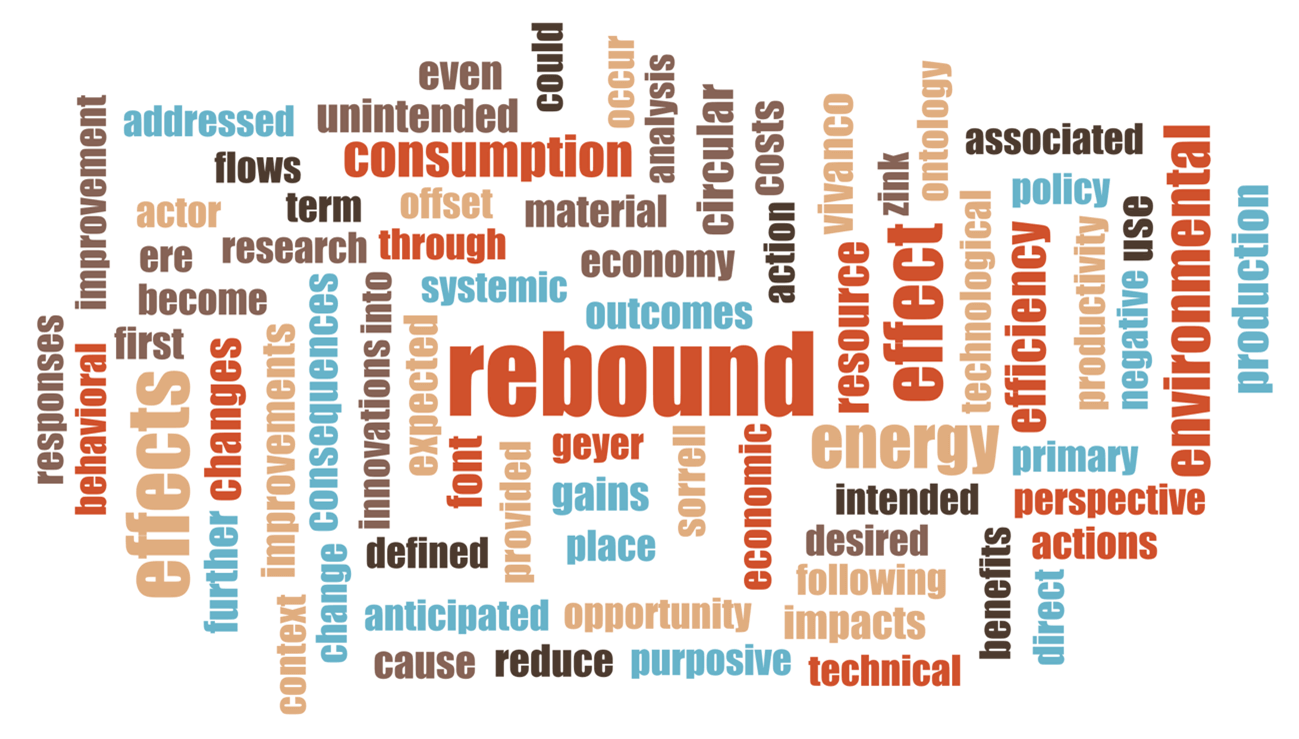
 Camila G. Castro received the #ResearchForChange Grant from MAXQDA and is a Ph.D. Candidate in Production Engineering from the University of São Paulo, Brazil. Her research project entitled “Rebound effect: a socio-economic-environmental analysis of the circular economy” is currently in development.
Camila G. Castro received the #ResearchForChange Grant from MAXQDA and is a Ph.D. Candidate in Production Engineering from the University of São Paulo, Brazil. Her research project entitled “Rebound effect: a socio-economic-environmental analysis of the circular economy” is currently in development.


